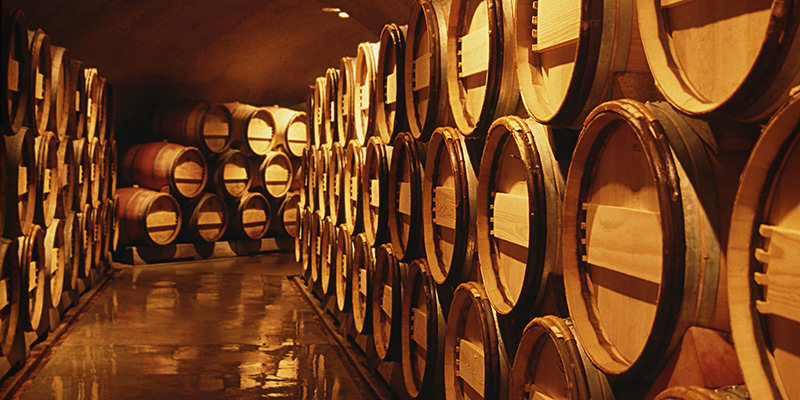An oak barrel is an oak barrel, right? Isn’t it the wine inside that matters most?
Well, you may think that, as I used to, but when it comes to the art of producing, storing and conditioning wine, there’s more than one way to skin the proverbial cat–or grape, if you will.
It used to be an accepted fact that French oak barrels were the gold standard in winemaking. To a certain point, there is still some truth to that, especially since they dominated (and still command much of) the market for so many centuries.
Over the years, however, winemakers around the world have started to look at other options. In some ways, this shift could be compared with the erstwhile belief that French wine was always “the best.” Of course, French wines are still some of the finest in the world, but the competition is as fierce as ever and wine is a far more global product than it used to be.
So, why are French oak barrels losing a certain amount of market share, as well as their cachet? And who exactly are these new barrel upstarts? Do vintners care?
As always, there’s the issues of supply, demand, and cost. The latest statistics (2014) show that, even with the diversity in the market, about 65% of wine barrel production is done with French/Cornish Oak barrels, while around 32% is American oak.
Before we come to taste issues, it is worth pointing out that the average cost of an American oak barrel is around $200-$400, where the same French oak barrels can be anywhere between $500 to over $1000 a pop.
But why, apart from the cost? Well, these barrels are tannic, of course, and tannin is something you’ll hear red wine aficionados talking about, or even people like me, mere lovers or red wine. It’s essentially a naturally occurring polyphenol found in bark and wood. Importantly, it is also found in grape skins, so the tannin in wine is from both sources.
The tannin from the oak barrels is absorbed into the wine as soon as it is put in the barrel, so that’s clear enough. As for the tannin from the grape skins, that depends on the grape.
Not all grapes are made equal, any more than the barrels, so some wines are more tannic, with wines such as Cabernet Sauvignon, Tempranillo, Petit Verdot and Petite Syrah sitting at the top end of the the tannin table, and others, such as Pinot Noir, Zinfandel and Merlot propping up that same table.
In terms of global trends in barrel production, France has over 60% of the market, which is indeed a hefty chunk. But what about the rest?
After France, the major player in the oak barrel game, it’s the U.S. and Canada that lead the charge, commanding around 30% of the remaining market. One important difference, when it comes to American oak is that many vintners consider the prestige and reputation of the cooper (the barrel maker) as much as, if not more than, the oak being used.
French coopers take wood from various locations, different forests in various regions, which has a direct impact on the amount of favor derived from the oak. Depending on what flavor, strength or overtones the vintner is looking to produce, the oak selected is a simple matter of preference. Some swear by oak from Vosges, some from Limousine, etc.
Ultimately, vintners who use French oak do so as it delivers a more complex and robust taste, with more tannin than the competition.
So, it’s not all science, there’s still that human element, you know, what we prefer to actually drink. But why does the American oak command almost a third of the market, a growth that has been exponential over the past few years?
Put simply, American oak barrels are lower on the the tannin, and just a little less complicated on the palette. Some vintners use them purely to keep the cost down, where other actually prefer a gentler taste. Not all wine has to be robust, and of course it would be dull if all wines tasted the same.
But there’s a compromise, which many vintners are happy to embrace. Some vintners actually use both American and French barrels, usually storing it in American oak, before continuing the aging process in the French. This gives the wine a little bit of depth, without being intensely robust.
Of course, there are no right or wrong barrel, just different ones. And, as I always remind people, as interesting as all this is, drinking wine is all about personal taste.
So not all barrels are made equal, but they don’t need to be, as long as the wine tastes good.

